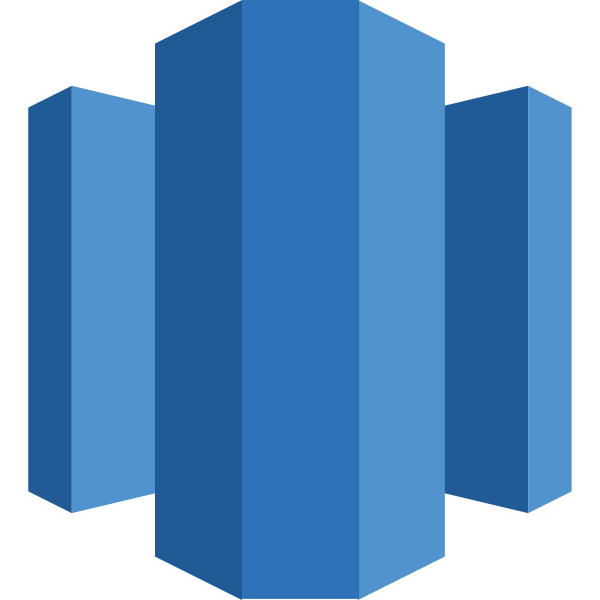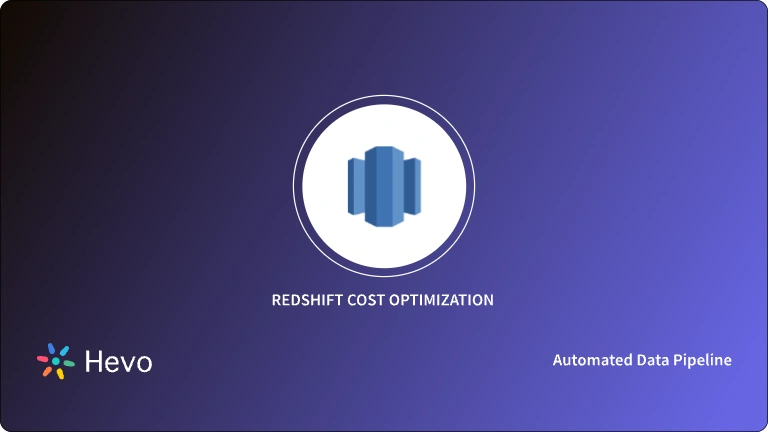Amazon Redshift is one of the most popular Data Warehouse solutions that provide a wide range of functionality along with efficiency and ease of use. Amazon Redshift Spectrum is an Analytical service provided by AWS that works on the data stored in Amazon S3 and provides faster results when compared to other generic solutions.
This article gives a comprehensive comparison between Amazon Redshift vs Redshift Spectrum.
Table of Contents
What is Redshift Spectrum?
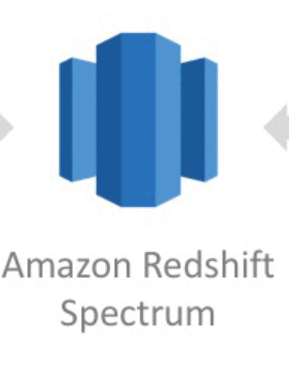
Redshift Spectrum is a feature of the Amazon Redshift data warehouse. The spectrum allows for fast, complex, and efficient analysis of objects stored in the AWS cloud. The spectrum allows for a seamless analysis since it is directly embedded into the Amazons framework.
Redshift Spectrum reduces the time and effort required to perform analysis on data as it eliminates the requirement to move the stored data from the storage service to a database as it can directly query data inside the s3 bucket.
How does Redshift Spectrum work?
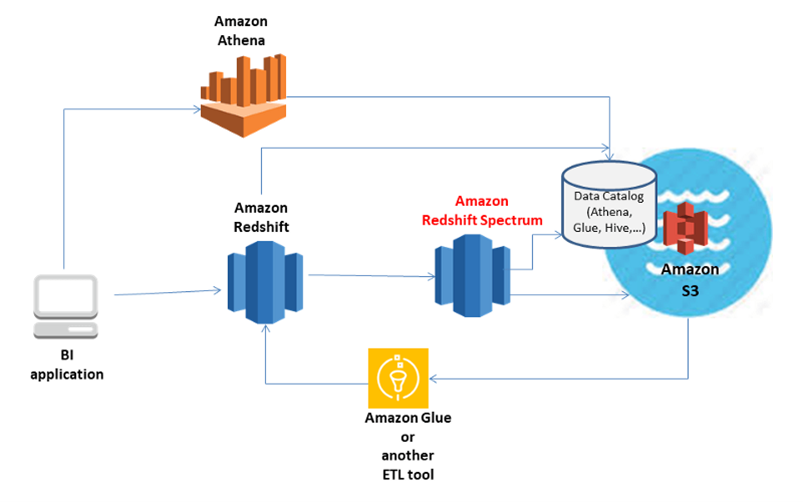
Redshift Spectrum divides user queries into filtered subsets that run concurrently. These requests are distributed across thousands of AWS-managed nodes to maintain query speed and consistent performance. Redshift Spectrum can be scaled to query over exabytes of data, and when S3 data is aggregated, it’s sent back to your on-premises Redshift cluster for final processing.
Redshift Spectrum requires an SQL client to be connected to your Redshift cluster. Multiple clusters can access the same S3 dataset at the same time, but you can only query data stored in the same AWS Region. The
Redshift Spectrum can be used in combination with other AWS computing services that have direct access to S3, such as Amazon Athena, Amazon Elastic Map Reduce for Apache Spark, Apache Hive, and Presto.
Amazon Redshift Spectrum is a great tool for easily executing complex SQL queries against data stored in Amazon S3.
Features of Redshift Spectrum
- Performance: Amazon Redshift Spectrum shows the exceptional performance when querying the data in which it resides. It’s about 10 times faster than other data warehouses. Redshift Spectrum can also speed up data acquisition by setting the capture size according to your data needs.
- Ease of Use: Users can easily build and deploy Redshift Spectrum to manage their data needs and execute all complex queries in minutes. You can read the official Redshift Spectrum documentation for ease of setup.
- Cheap: Amazon Redshift Spectrum is very beneficial. It’s about 10 times cheaper than a traditional data warehouse. The spectrum is very similar to Amazon Athena and is calculated based on the amount of data scanned.
- Highly scalable: Redshift Spectrum is a fully managed platform where all scaling operations are performed directly by Amazon, depending on the amount of data the user scans and queries.
- File Format Support: Redshift Spectrum supports complex data files such as JSON, ORC, Parquet, as well as complex data types such as maps, arrays, and structures.
- Highly Secure: AWS provides a security management tool called the AWS Key Management Tool. With AWS, you can use a VPC to back up the data that resides in your cluster and isolate the data store or warehouse by performing complex queries against the data store or warehouse in a fault-tolerant way. Increase.
With Hevo’s wide variety of connectors and blazing-fast data pipelines, you can extract & load data from 150+ Data Sources straight into your data warehouse, like Redshift, BigQuery, Snowflake, and many more. Know why Hevo is the Best:
- Cost-Effective Pricing: Transparent pricing with no hidden fees, helping you budget effectively while scaling your data integration needs.
- Minimal Learning Curve: Hevo’s simple, interactive UI makes it easy for new users to get started and perform operations.
- Schema Management: Hevo eliminates the tedious task of schema management by automatically detecting and mapping incoming data to the destination schema.
GET STARTED WITH HEVO FOR FREE[/hevoButton]
What is Amazon Redshift?
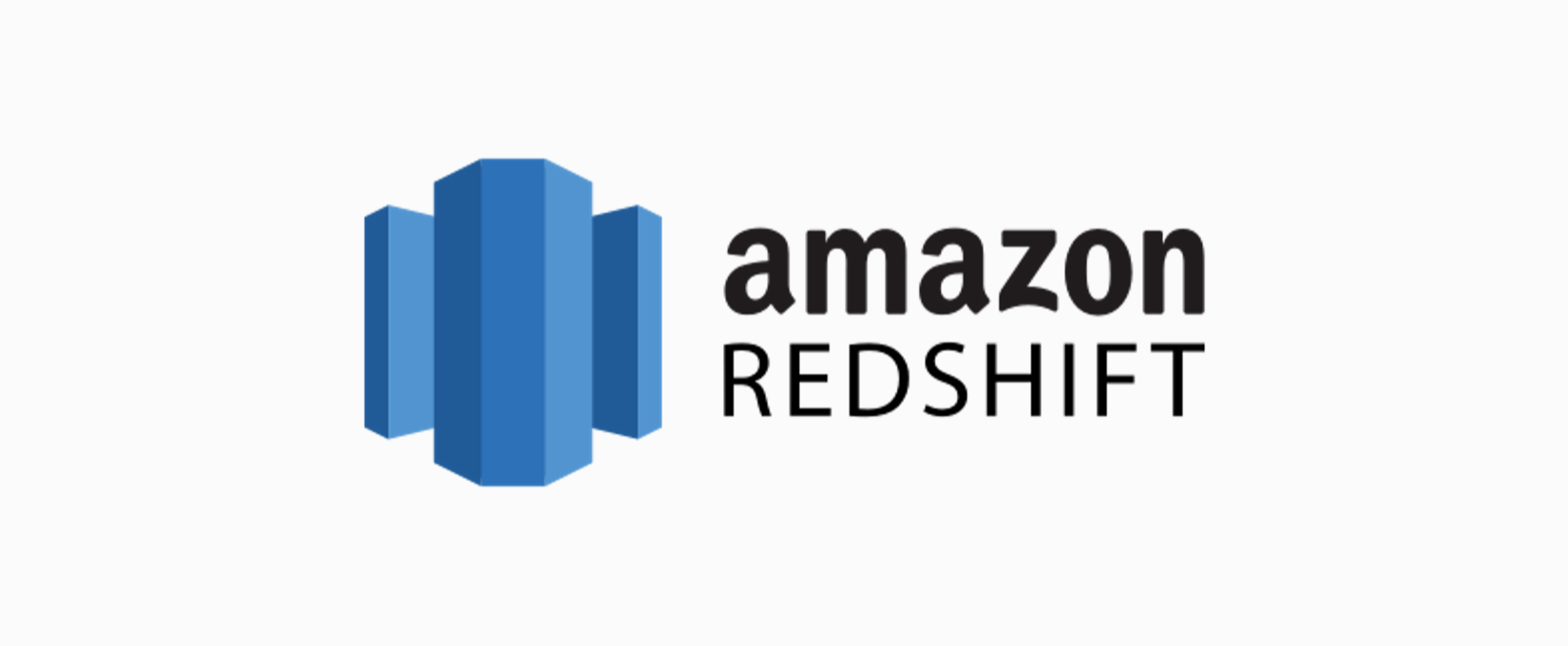
Redshift is an OLAP (Online Analytical Processing) style columnar database. It is based on PostgreSQL version 8.0.2. This means that you can use regular SQL queries with Redshift. Fast queries are made possible by massively parallel processing design or MPP. This technology was developed by ParAccel. In MPP, many computer processors work in parallel to provide the necessary calculations. It may be possible to serve processes using processors located on multiple servers. Benefits of using AWS Redshift
The main benefit of using AWS Redshift is the cost-benefit to your business. The cost is one-fifth (about one-twentieth) of competitors such as Teradata and Oracle.
Benefits of Using Amazon Redshift
- Speed: With the use of MPP technology, the speed of outputting large amounts of data is unprecedented. The cost AWS provides for services is unmatched by other cloud service providers.
- Data encryption: Amazon provides data encryption for all parts of your Redshift operation. The user can decide which processes need to be encrypted and which ones do not. Data encryption provides an additional layer of security.
- Automate repetitive tasks: Redshift has the ability to automate tasks that need to be repeated. This can be an administrative task such as creating daily, weekly, or monthly reports. This can be a resource and cost review. It can also be a regular maintenance task to clean up your data. You can automate all of this using the actions provided by Redshift.
- Simultaneous scaling: AWS Redshift automatically scales up to support the growth of concurrent workloads.
- Query volume: MPP technology shines in this regard. You can send thousands of queries to your dataset at any time. Still, Redshift is never slowing down. Dynamically allocate processing and memory resources to handle increasing demand.
- AWS integration: Redshift works well with other AWS tools. You can set up integrations between all services, depending on your needs and optimal configuration.
- Redshift API: Redshift has a robust API with extensive documentation. It can be used to send queries and get results using API tools. The API can also be used in Python programs to facilitate coding.
- AWS analytics: AWS offers many analytical tools. All of this works well with Redshift. Amazon provides support for integrating other analytics tools with Redshift. Redshift being the child of the AWS community has native integration capabilities with AWS analytics services.
- Open format: Redshift can support and provide output in many open formats of data. The most commonly supported formats are Apache Parquet and Optimized Row Columnar (ORC) file formats.
- Partner ecosystem: AWS is one of the first cloud service providers that started the market of Cloud Data Warehouses. Many customers rely on Amazon for their infrastructure. In addition, AWS has a strong network of partners to build third-party applications and provide implementation services. You can also leverage this partner ecosystem to see if you can find the best implementation solution for your organization.
Amazon Redshift vs Redshift Spectrum
There are many differences between Amazon redshift vs Redshift Spectrum, a few are mentioned below.
Use Cases
Amazon redshift is a full-fledged data warehouse that is very efficient in storing raw data and collecting data from various different sources. This tool was designed to ease the process of storage and analytics. redshift supports automated tasks for configuring, monitoring, backing up, and securing the data warehouse.
Redshift Spectrum is the ability to perform analytics directly on the data in the Amazon s3 cluster using a Redshift node. This means that redshift is not independent storage rather it is an advanced analytical tool that works on top of redshift. It offers more functionality and efficiency when compared to the Redshift analytical tool.
Architecture
Redshift architecture consists of two or more Computing Nodes that are connected to a Leader Node. All the communication between client applications and Cluster only happens through the Leader Node.
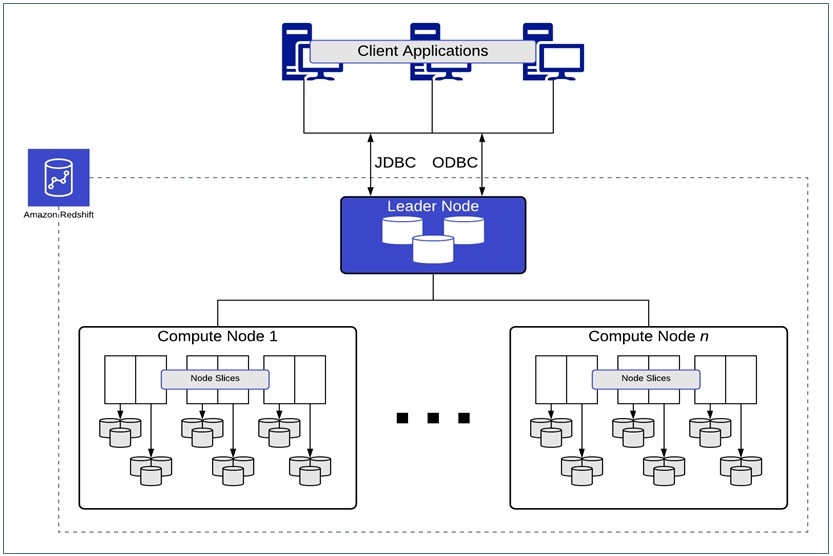
Redshift spectrum works on top of redshift architecture. It is added after the storage Phase. This is clearly depicted in the diagram below.

Scalability
Redshift is a data warehouse that supports the influx of large amounts of data, but when compared to copying property, it is much less scalable.
Redshift Spectrum is highly scalable when the data is copied. The scaling operations are directly handled by Amazon, depending upon the amount of data being scanned and queried by the user.
Security
For Reshift The security of the cloud is handled by Amazon and the security of the applications within the cloud has to be provided by users. Amazon offers access control, data encryption, and virtual private clouds to provide an additional level of security.
For Redshift Spectrum, AWS provides a security management tool known as the AWS Key Management tool. AWS allows you to isolate your data store or warehouse by using VPCs to back up and run complex queries against the data that resides in your cluster in a fault-tolerant manner.
Performance
With the use of MPP technology, the speed of delivering output on large data sets is unparalleled. The cost AWS provides for services is unmatched by other cloud service providers.
Amazon Redshift Spectrum shows exceptional performance when querying where the data resides. It’s about 10 times faster than other data warehouses. Redshift Spectrum can also speed up data acquisition by setting the capture size according to your data needs.
Price
AWS offers Redshift a very flexible pricing structure. Prices start at $ 0.25 per hour for terabytes of data and grow from there. First, you need to determine the type of node you need. AWS Redshift provides three types of nodes.
Amazon Redshift Spectrum provides a competitive pricing model, providing users with features such as the Pay as you go pricing model and time-based purchasing. Users can customize their pricing plans based on their data needs, the number of operations, and the type of node to use.
Quick Comparison: Redshift Spectrum vs Redshift
| Feature | Amazon Redshift | Redshift Spectrum |
| Use Cases | A full data warehouse is designed for data storage and analytics. | Extends Redshift’s capabilities to directly query data stored in Amazon S3. |
| Architecture | Consists of a Leader Node and multiple Compute Nodes for data processing. | Works on top of Redshift architecture and queries data in S3 after the storage phase. |
| Scalability | Good for handling large data, but limited scalability for data copying. | Highly scalable, automatically managed by AWS based on data size and query requirements. |
| Security | Offers data encryption, VPC isolation, and access control managed by AWS. | Uses AWS Key Management and VPCs for secure data management on S3. |
| Performance | Utilizes MPP for fast processing of large datasets within Redshift. | Allows direct querying in S3, offering faster access and processing on external data sources. |
| Pricing | Starts at $0.25 per hour for data storage with flexible options based on nodes. | Pay-as-you-go model, with pricing based on S3 data usage and query time. |
Conclusion
This article provides a comprehensive guide on Redshift vs Redshift Spectrum.
Redshift is a trusted data warehouse that a lot of companies use and store data as it provides many benefits but transferring data into it is a hectic task. The Automated data pipeline helps in solving this issue and this is where Hevo comes into the picture. Hevo Data is a No-code Data Pipeline and has awesome 150+ pre-built Integrations that you can choose from.
Hevo can help you Integrate your data from numerous sources and load them into a destination to Analyze real-time data with a BI tool such as Tableau. It will make your life easier and data migration hassle-free. It is user-friendly, reliable, and secure.
SIGN UP for a 14-day free trial and see the difference! Share your experience of learning about Redshift vs Redshift Spectrum in the comments section below.
Frequently Asked Questions
1. When should I use Redshift spectrum?
Amazon Redshift Spectrum is an extension of Amazon Redshift that allows you to run queries against data stored in Amazon S3 without having to load the data into Redshift tables.
2. What is the Redshift spectrum layer?
The Redshift Spectrum Layer refers to the architecture component of Amazon Redshift that enables querying data directly from Amazon S3.
3. How do you use Redshift a spectrum?
Set up an IAM role, create an external schema, define external tables, and query the external tables using SQL commands.

